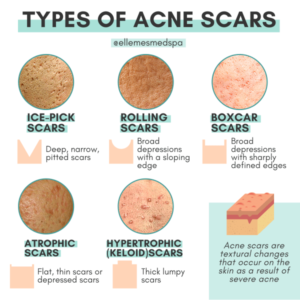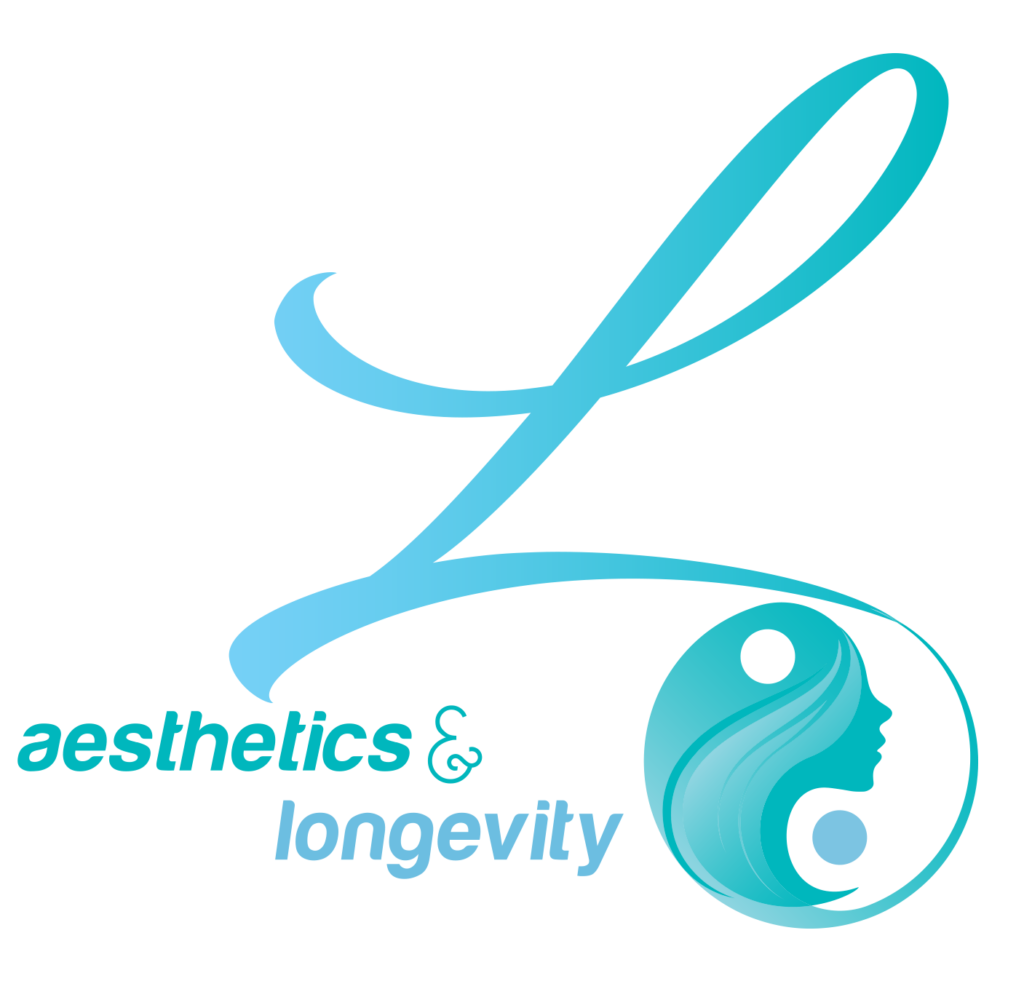Written By: Kelsie Matthews, L.E.
One of the most common concerns I come across is people dealing with the aftermath of having acne. Unfortunately, many people struggle with acne not only as a teenager, but well into adulthood. Dealing with something like acne in the skin for a long period of time can cause major trauma to the skin. Severe damage can often be the result of picking, peeling, or popping blemishes caused by acne. Even when the acne is controlled, many people are still left with scars and textural issues in the skin.

What causes acne scarring?
Acne scars form when the skin naturally tries to heal itself from “wounds” caused by the acne breakout. When the blemish is ruptured too deep in the skin, or when a superficial breakout is picked off, the body reacts by producing collagen to repair the injury. If the body produces too much collagen, a raised scar or bump is formed. But when not enough collagen is produced, a pitted scar is formed.
What are the different types of acne scars?
- Icepick scars: deep pitted scars that often appear as holes in the skin
 Rolling scars: broad depressions with rounded edges similar to dimpling
Rolling scars: broad depressions with rounded edges similar to dimpling - Boxcar scars: indentations in the skin with clearly defined edges, often square-like clusters
- Atrophic scars: flat, shallow depressions in the skin that are much smaller than others
- Keloid scars: thick bumps on top of the skin
How do you get rid of them?
There are many options to reduce acne scarring in the skin at home and in a medical clinic. When it comes to scars in the skin, resurfacing of some kind is typically necessary. When trauma occurs deep in the skin such as acne scarring, that bottom layer or skin needs to be remodeled.
- Microneedling: a device with tiny needles which create microscopic injuries in the skin that trigger an immune response for the skin to start producing more collagen and elastin, which can help reduce acne scarring. This is a good option for people who want an affordable treatment with minimal downtime, and gradual results.
- Laser resurfacing: treatments like Halo are great for resurfacing the skin. This treatment uses two different types of lasers to remodel the skin and reduce scar tissue. It typically comes with 1-2 weeks of healing and minimal discomfort compared to many other lasers.
- Chemical peels: this treatment consists of different types of acid solutions applied to the skin to remove the outermost layer and stimulate collagen production. A series of chemical peels can result in smoother skin and reduction of acne scarring over time.
- Topical products: creams such as retinol products can help smooth out the skin over time, and reduce the appearance of scarring. Growth factor products like TNS Advanced Serum help stimulate collagen in the skin, as well as tighten up skin, which will help acne scars fade quicker. These at-home products are great for people who want a natural approach to correcting their skin with no downtime or discomfort. These will not remove scarring completely, but will help the overall appearance of the skin.
Consulting with one of our Estheticians or medical providers is the best way to determine what treatment or product is best for your acne scarring.
